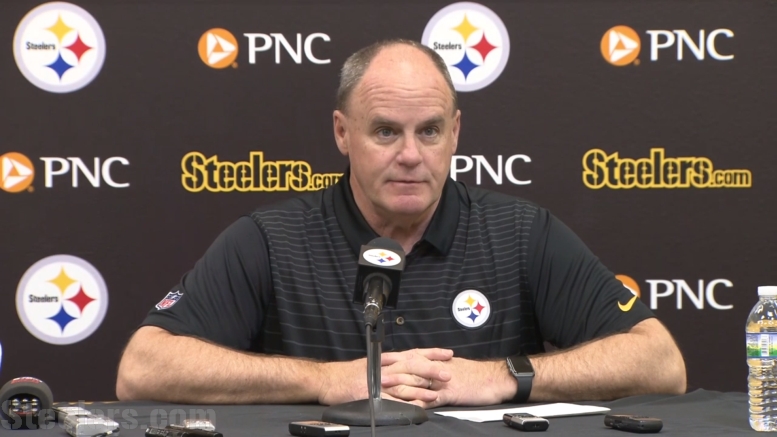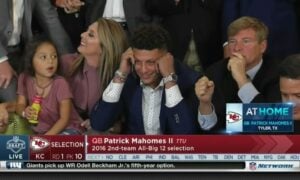The NFL Draft is barely a week away, and surely there isn’t the slightest intention of doing anything even remotely radical to change the shape of the event beyond the steps that have been necessary to hold the event at all during this highly unusual offseason.
In other words, it is incredibly unlikely that Pittsburgh Steelers general manager Kevin Colbert’s suggestion to expand the draft to 10 rounds falls on anything but deaf years in the league offices. But that doesn’t mean that other teams would not also be interested in that same approach.
In fact, at least one other general manager has also said that he would like to see that happen, in this case Brandon Beane of the Buffalo Bills, one of the teams who defeated Pittsburgh in the final three weeks of the season to knock them out of postseason contention, though that is neither here nor there…
Speaking to Pro Football Talk, Beane said, “I understand Kevin’s point and listen Kevin’s got way more seniority than I do”. He added that if Colbert really wanted to pursue and push for that idea that he would support it, but also stated that he is operating under the assumption that we will be seeing the standard seven-round draft.
Given that teams have not been able to meet prospects this offseason outside of events like the Senior Bowl, the Shrine Game, the NFL Scouting Combine, and the couple of Pro Days that actually happened before the country shut down, teams are working on more limited information than they are accustomed to.
In addition to those restrictions, teams will also not be able to gather together and must communicate virtually on draft day. This is of particular issue after the draft, during which all 32 teams go about looking to sign hundreds of players as college free agents who were not selected. This is a free-for-all under the best of circumstances, but it can be true chaos when all teams are working in solation even within their own franchises.
Having three more rounds to add another 100 or so players to the drafted pool and remove the top undrafted targets from the board would make the post-draft signing process a lot less chaotic. For one thing, each team would have three fewer roster spots to fill. For another, there will be fewer players that several teams simultaneously would be pursuing, since the deeper you get on the draft board, the greater opinions will vary.








